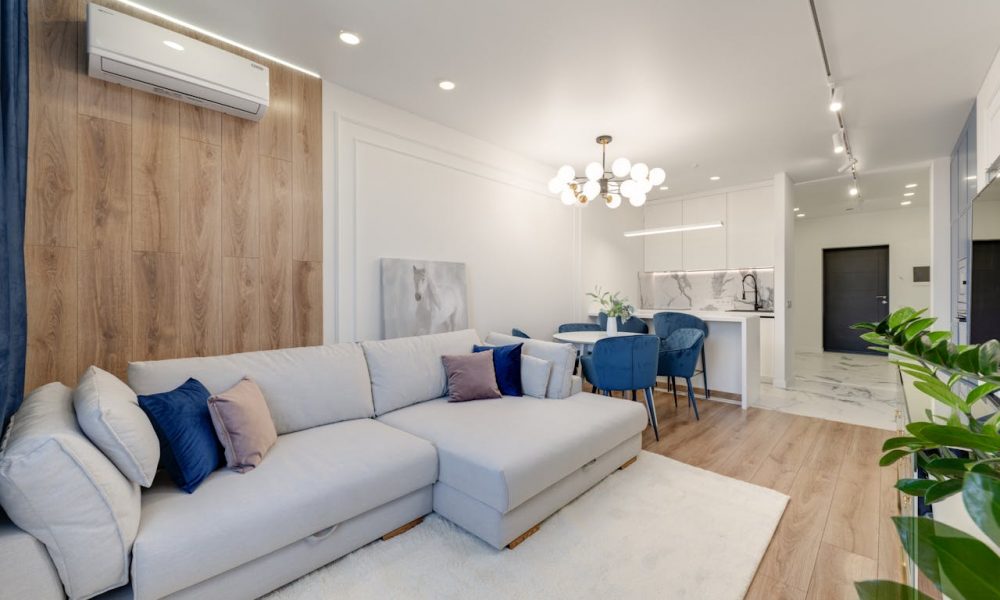
Open vs. Closed Concept Layout: The Pros & Cons

Home design has a long-standing fight on its hands: Open concept or closed layout? It is more than a matter of taste. This design choice affects how homes feel, function, and flow.
What Open and Closed Layouts Really Mean
In home design, an open layout knocks down walls between the kitchen, living, and dining areas. One large space, everything visible, nothing hidden.
A closed concept keeps walls up. Rooms have clear lines and defined purposes. Each space feels separate, with its own vibe and function.
The Pros of Each Layout
Open layouts bring in more natural light. No walls blocking windows means daylight spreads from room to room. That brightness makes even smaller homes feel larger and more open.
Plus, they are also great for social interaction. In open home design, you can cook, chat, and entertain all in the same space. Friends and family can move around freely, without feeling cut off.
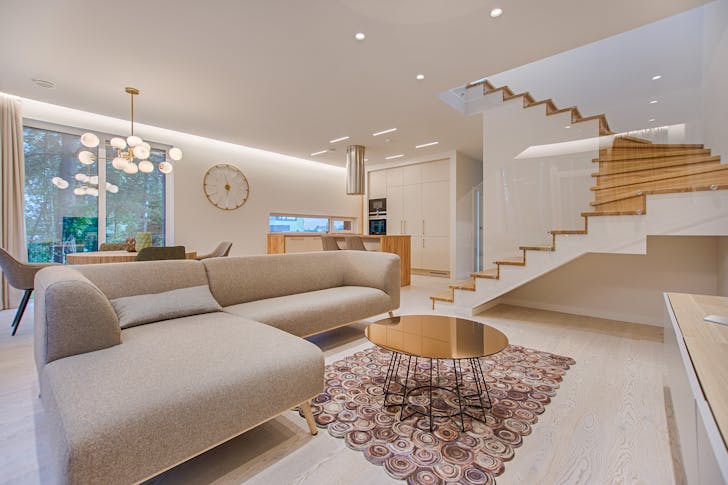
Foto / Pexels / When it comes to daily life, open layouts support multitasking. You can keep an eye on the kids while prepping dinner or cleaning up.
Everything is in sight, which makes life easier for busy households.
Open plans also let you show off your view. Got big windows or scenic surroundings? An open layout gives you more angles to enjoy it. No walls blocking the line of sight means more connection with the outdoors.
On the other hand, closed layouts offer privacy. You can shut a door and block out noise, mess, or distraction. Each room becomes a retreat, perfect for working from home or just escaping the chaos.
Likewise, closed layouts give structure. You know where one room ends and another begins. That makes it easier to decorate, plan furniture, and keep areas focused on their purpose.
They also help with sound and temperature control. Want the living room cool and the study warm? Closed walls make that possible, while open concepts often mix everything together.
The Cons You Shouldn’t Ignore
Open layouts can get loud. No walls means no sound barriers. A movie in one corner and a conversation in another? They clash.
There is also less privacy. If someone is cleaning, cooking, or working, it is all in full view. You can’t hide the mess or the noise.
Open spaces are harder to heat or cool evenly. It costs more energy to manage one big area than smaller, closed-off rooms. That can mean higher bills and less control.
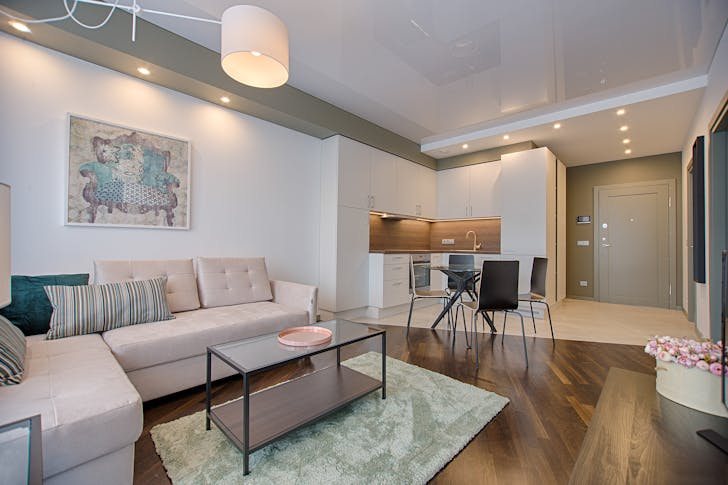
Foto / Pexels / When everything is open, everything has to match. You lose the freedom to give each room its own look. One bad design choice can throw off the whole space.
Closed layouts can feel tight or boxed in. Small rooms without natural light can seem dark and cramped. Especially in older homes, this can make spaces feel less inviting.
They hurt the flow of social interaction. Guests may feel trapped in one room or disconnected from the action. Family members might spread out and spend less time together.
You also lose flexibility. Moving furniture or adjusting layouts can be harder with fixed walls. You are stuck with what the structure allows.
And if you are working with limited square footage, closed layouts can waste space. Hallways and doors take up room that open designs use more efficiently.
What the Designers Say
Designers are seeing more people drift back toward closed or hybrid layouts. The chaos of constant noise and no privacy during lockdown made many rethink the open plan.
Still, open layouts aren’t dead. Many homeowners still want the brightness and freedom they offer. The best designs now mix both: Smart zoning in open areas with dedicated closed rooms for work, sleep, or study.
Strategic furniture placement, rugs, ceiling treatments, and lighting can help open spaces feel cozier without the need for walls.
More in Living
-
`
Angélique Kidjo Becomes First Black African on Hollywood Walk of Fame
Angélique Kidjo just made history. On July 3, 2025, it was announced that Kidjo will be getting her own star on...
July 15, 2025 -
`
Why Smart Window Placement Is the Secret to Aesthetic Home Design
Windows shape how your home looks from the street, how light moves through your space, and how your rooms feel every...
July 8, 2025 -
`
Why Cannabis Use Doubles the Risk of Heart-Related Deaths
Doctors have warned about tobacco for decades, but marijuana is often seen as the safer choice. New research is poking holes...
July 1, 2025 -
`
The Top 5 Best Credit Cards For Family Disney Vacations
A Disney vacation in 2025 is not cheap. Park tickets, hotel stays, meals, and travel can add up fast. But the...
June 24, 2025 -
`
The Surprising Lives of 10 A-List Celebrities Before Fame
Fame changes everything, or so they say. But not everyone flips the switch once the cameras show up. Some stay grounded,...
June 17, 2025 -
`
Trump’s Surgeon General Pick Dr. Casey Means Praises ‘Illegal’ Psychedelic Therapy
Psychedelic therapy just landed at the center of the national health debate, thanks to Donald Trump’s latest pick for surgeon general....
June 3, 2025 -
`
5 U.S. Family Vacation Spots You Should Book ASAP
If you are looking for the best family vacation spots in 2025, skip the guesswork. These five places deliver the fun,...
May 27, 2025 -
`
These Stars are ‘Banned’ From the 2025 Met Gala
The Met Gala might be fashion’s Super Bowl, but not every celebrity wants to play. While millions obsess over who wore...
May 20, 2025 -
`
5 Archaic Home Decor Trends That Should Never Come Back
Home decor trends come and go faster than a TikTok challenge. One minute you are painting your walls grey, the next...
May 13, 2025


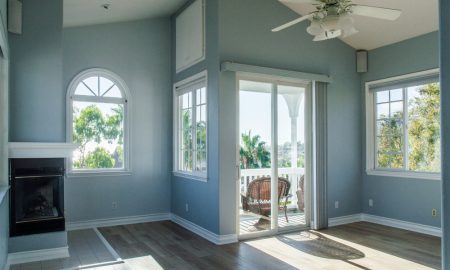






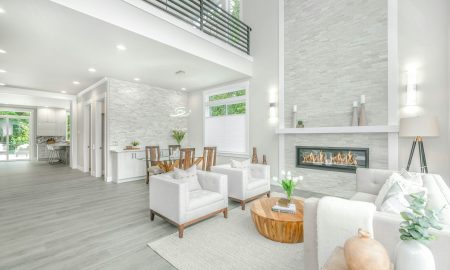



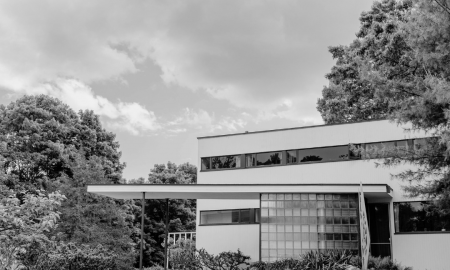

You must be logged in to post a comment Login